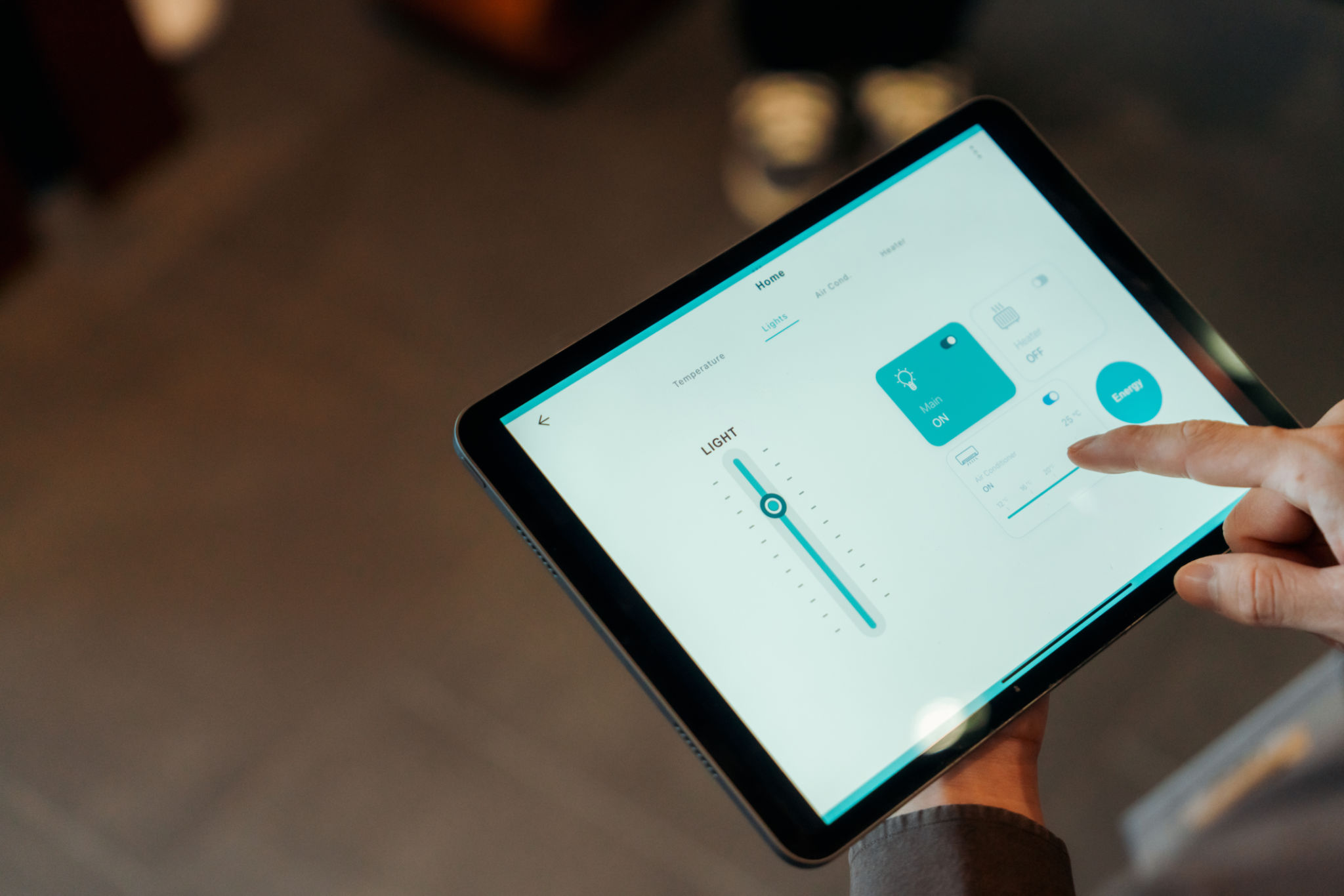Myth-Busting: Common Misconceptions About Virtual Power Plants
Understanding Virtual Power Plants
Virtual Power Plants (VPPs) are emerging as a crucial component of modern energy systems. Despite their growing prominence, many misconceptions surround VPPs, often leading to misunderstandings about their function and benefits. In this blog post, we will debunk some common myths and shed light on the true nature and potential of VPPs.

Myth 1: VPPs Are Just Another Name for Traditional Power Plants
One of the most prevalent myths is that Virtual Power Plants are simply another term for traditional power plants. In reality, VPPs are a network of decentralized, medium-scale power-generating units such as wind farms, solar parks, and combined heat and power units. These units are integrated through sophisticated software systems to function as a single power plant.
This integration allows VPPs to offer a flexible and efficient alternative to traditional power plants, capable of balancing supply and demand more effectively. By leveraging the power of digital technology, VPPs can provide real-time energy distribution, enhancing the reliability of power grids.
Myth 2: Virtual Power Plants Are Unreliable
Another common misconception is that VPPs are unreliable due to their dependence on renewable energy sources. While it's true that renewables can be intermittent, VPPs mitigate this issue by integrating diverse energy sources and employing advanced prediction algorithms. This diversity ensures a stable energy supply even when one source is underperforming.

Moreover, VPPs often include energy storage solutions like batteries, which store excess energy generated during peak production times. This stored energy can be released when demand exceeds supply, further enhancing the reliability of the system.
Myth 3: Implementing a VPP Is Too Costly
The perceived high cost is another barrier to VPP adoption. However, the initial investment in a VPP setup can be offset by long-term savings and efficiencies. By optimizing energy distribution and reducing reliance on fossil fuels, VPPs can lower operational costs significantly over time.
In addition, government incentives and subsidies for renewable energy projects can reduce the financial burden of implementing a VPP. As technology evolves and becomes more widespread, costs continue to decrease, making VPPs a viable option for more organizations.

Myth 4: Virtual Power Plants Only Benefit Large Enterprises
While it's true that large enterprises can greatly benefit from VPPs, small to medium-sized businesses and even residential customers can also take advantage of this technology. VPPs offer scalability, allowing smaller entities to participate in energy markets and benefit from energy efficiencies.
This democratization of energy resources means that more players can contribute to and benefit from a cleaner, more resilient energy grid. By participating in a VPP, smaller entities can also gain new revenue streams by selling excess energy back to the grid.
The Future of Virtual Power Plants
As we continue to transition toward sustainable energy solutions, VPPs will play an increasingly vital role in modern energy strategies. By debunking these myths, we hope to pave the way for broader adoption and understanding of virtual power plants.
The flexibility, efficiency, and sustainability offered by VPPs make them an essential component of our future energy landscape. Embracing this technology can lead to significant advancements in how we produce, distribute, and consume energy.
